Discover Pisa on foot
a 4 km itinerary through the most picturesque places of the city
Itinerary among the famous and hidden streets to fall in love with Pisa
If you think that Pisa is only the Leaning Tower, you are missing out on the best of the city. Pisa is one of the four maritime republics and has hosted some of the most famous figures in Italian history. Visiting the city on foot is the best way to discover all its atmospheres, from the most famous streets to the lesser-known ones. In this itinerary, we will show you how to fall in love with Pisa, beyond the Leaning Tower.
I suggest a 4 km walking itinerary to discover the hidden treasures of Pisa, as well as the famous tourist attractions. You can admire suggestive views and equally fascinating lesser-known corners. If you have time, you can break the itinerary into two days to visit the attractions more calmly. You can start your tour from the Leaning Tower or from the Central Station if you arrive in Pisa by train. Do not miss the opportunity to discover this delightful city and its important cultural history as one of the four maritime republics and the birthplace of illustrious figures such as Galileo Galilei, Fibonacci, Carducci, and Mazzini.
Stage 1: Miracle Square – The Magic Begins
Your journey begins at the Piazza dei Miracoli, a UNESCO jewel that holds some of the world’s most famous monuments:
- Leaning Tower: Built starting in 1173, it owes its tilt to a subsidence in the ground. Centuries of interventions have not straightened it, but have made it a unique symbol. Climb its 294 steps for a spectacular view!
- Pisa Cathedral: A Romanesque masterpiece with an interior housing the chandelier that inspired Galileo Galilei in his studies of motion.
- Baptistery: The largest in Italy, famous for its exceptional acoustics-a whisper becomes a melodious echo.
Practical tip: Arrive early in the morning to enjoy the peace of the square and take photos without crowds.
If you are passionate about art and history, you can’t miss the opportunity to visit Piazza dei Miracoli, the religious and cultural heart of the city of Pisa. This square is also known as the Square of the Cathedral and was declared a World Heritage Site by UNESCO in 1987.
The main reason why most visitors come to Piazza dei Miracoli is to admire its extraordinary architectural beauty. The square houses four main monuments: the Cathedral, the Baptistery, the Monumental Cemetery, and the famous Leaning Tower of Pisa.
The Cathedral of Pisa, also known as the Cathedral of Santa Maria Assunta, is a masterpiece of Romanesque art. Inside the Cathedral, you can admire magnificent works of art, such as the pulpit of Giovanni Pisano and the famous mosaic of the Universal Judgment.
The Baptistery, located in front of the Cathedral, is a circular building in Pisan Romanesque style and is said to be one of the oldest Christian baptisteries in the world. Its exceptional acoustics are known worldwide, and its acoustics make it possible to play a single note that resonates as a perfect harmony throughout the room.
The Monumental Cemetery, a burial space dating back to 1278, is located north of the Cathedral and contains some of Pisa’s most important works of art, including the monumental fresco by Buonamico Buffalmacco.
But the most famous monument in Piazza dei Miracoli is undoubtedly the Leaning Tower of Pisa. This white marble bell tower is leaning due to the unstable ground on which it was built, and its fame is now known worldwide. You can climb the 294 steps of the tower to enjoy a spectacular view of the city and its surroundings.
In conclusion, a visit to Piazza dei Miracoli is a must for every traveler visiting Pisa. The beauty and uniqueness of these monuments can only leave an indelible impression in the mind of anyone who visits this Tuscan city.
If you are interested in visiting the Leaning Tower of Pisa, it is important to take into consideration some information regarding tickets and entry conditions.
The ticket price to access the Leaning Tower is 20 euros. However, it is strongly recommended to purchase tickets online in advance, as available time slots quickly run out.
Furthermore, it is important to know that access to the Tower is not allowed for children under 8 years old, nor for minors under 18 years old not accompanied by an adult. This restriction has been introduced for safety reasons, as climbing the Tower requires good physical condition and certain motor skills.
In particular, climbing the Tower is exclusively on foot, through a staircase composed of 251 steps. Therefore, the visit is not recommended for people with motor problems or those who suffer from vertigo.
Stage 2: Knights’ Square – Echoes of the past
Reach Piazza dei Cavalieri, once the political heart of medieval Pisa.
- See the Palazzo della Carovana, home of the Scuola Normale Superiore, established by Napoleon in 1810. The facade, decorated by Giorgio Vasari, is a work of art.
- Visit the Church of Santo Stefano dei Cavalieri, where naval trophies tell of Pisan seafaring exploits.
Fun fact: This square is a corner of history little traveled by tourists, perfect for those seeking authenticity.
After a short walk, you will arrive at Piazza dei Cavalieri, a historic place full of important buildings. In the center of the square stands the statue of the Grand Duke of Tuscany, while behind him is the majestic Palazzo della Carovana. Today, this building houses the prestigious Scuola Normale Superiore, founded in 1810 as a branch of the Ecole Normale in Paris on the initiative of Napoleon.
In front of the Palazzo della Carovana is the Palazzo dell’Orologio and the Torre del Muda, also known as the Tower of Hunger. This tower has become famous for being the place of imprisonment of Count Ugolino, as narrated in Dante’s Divine Comedy. Here, the Count and his family died of hunger, leaving an indelible mark in the history of Pisa.
Stage 3: Lungarno and Ponte di Mezzo – Relax with a view
Continue along the Lungarno, the boulevard overlooking the Arno, to the Ponte di Mezzo.
- Be enchanted by the colorful buildings reflected in the water, especially at sunset.
- If you’re in Pisa in June, experience the Luminara di San Ranieri: thousands of candles light up the river in a magical atmosphere.
Personal touch: “The walk along the Lungarno at sunset was the icing on the cake of my day in Pisa!”
If you are lucky enough to visit Pisa on a beautiful sunny day, we recommend taking a walk along the Lungarni, the streets that run alongside the Arno river. Continuing along the course of the Arno river, you will arrive at the Citadella Bridge near the Guelfa Tower of the Ancient Citadel of Pisa. This area, located outside the city walls towards the sea, is less frequented by tourists, but incredibly suggestive. Here you can breathe the authentic atmosphere of the city, which had built its arsenals here, and from here the ships of the Maritime Republic departed.
A little further on, near the Medici Arsenals, you will find the Museum of Ancient Ships of Pisa, a shipyard still under construction that is recovering ancient boats dating back to the period from the 2nd century BC to the 7th century AD. Here you can admire ancient boats complete with cargo, personal objects of sailors and thousands of ceramic, glass and metal fragments, so much so that it is called the Pompeii of the sea. The museum is not yet officially open, so if you want to visit it, it is necessary to book in advance.
Crossing the Citadella Bridge and taking the Lungarno Gambacorti, you will find one of the most beautiful and particular churches in the city, the Church of Santa Maria della Spina, which takes its name from the relic contained inside it, one of the thorns of the crown worn by Jesus during the crucifixion. Despite its small size, this marble-covered church is a true treasure, rich in rose windows and statues.
A little further on, you will come across Palazzo Blu di Pisa, one of the most interesting museums in the city. The palace, dating back to the 16th century, has been completely renovated and inaugurated as a cultural center in 2008. It hosts temporary exhibitions of modern and contemporary art, as well as cultural events and initiatives. Inside the palace, you can admire works by Italian and international artists, exhibited in a modern and welcoming environment.
Stage 4: Borgo Stretto and Piazza delle Vettovaglie – A Dive into Pisan Life
Continue to Borgo Stretto, a lively medieval street filled with stores and the scents of Tuscan cuisine.
- Enjoy cecina, a chickpea pie crispy outside and soft inside, at one of the local trattorias.
- Stroll under the arcades and discover stores selling handmade ceramics or typical products.
Authentic experience: “an espresso in a bar in Borgo Stretto to feel part of the city!”
After crossing the Arno again on the Ponte di Mezzo, it only takes a few steps to reach one of the most characteristic areas of the city: Borgo Stretto. This historic street, of medieval origin, with its arcades, antique shops and workshops, gives the sensation of having gone back in time. Not far from Borgo Stretto is Piazza delle Vettovaglie, another symbol of the city. During the day, this place hosts the city market with local fruits and vegetables, while in the evening it turns into an ideal place for the nightlife of Pisa, with a wide selection of bars and restaurants where you can enjoy a tasty aperitif or dinner.
Useful Tips for Your Visit
- Getting There: If you are traveling by train, from the station take Via Italia, the shopping street, and arrive at the Ponte di Mezzo. By car? Park in Piazza Vittorio Emanuele II or near the station.
- Where to eat: Try Pizzeria Il Montino for a quick pizza or Osteria dei Cavalieri for fine Tuscan dishes.
- When to go: Spring and fall are ideal to avoid the summer heat and crowds.
Why Choose This Route.
This 4-mile route is perfect for those who want to visit Pisa on foot, combining must-sees like the Leaning Tower with lesser-known local experiences. Whether you’re a history buff or a curious traveler, you’ll find insights to make your day special.

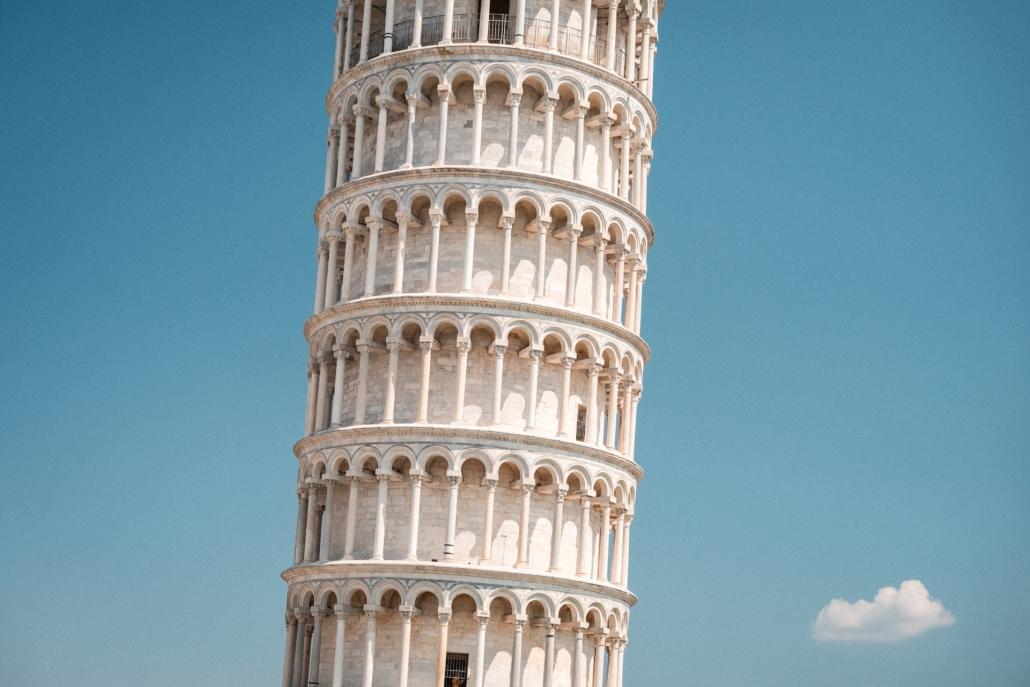

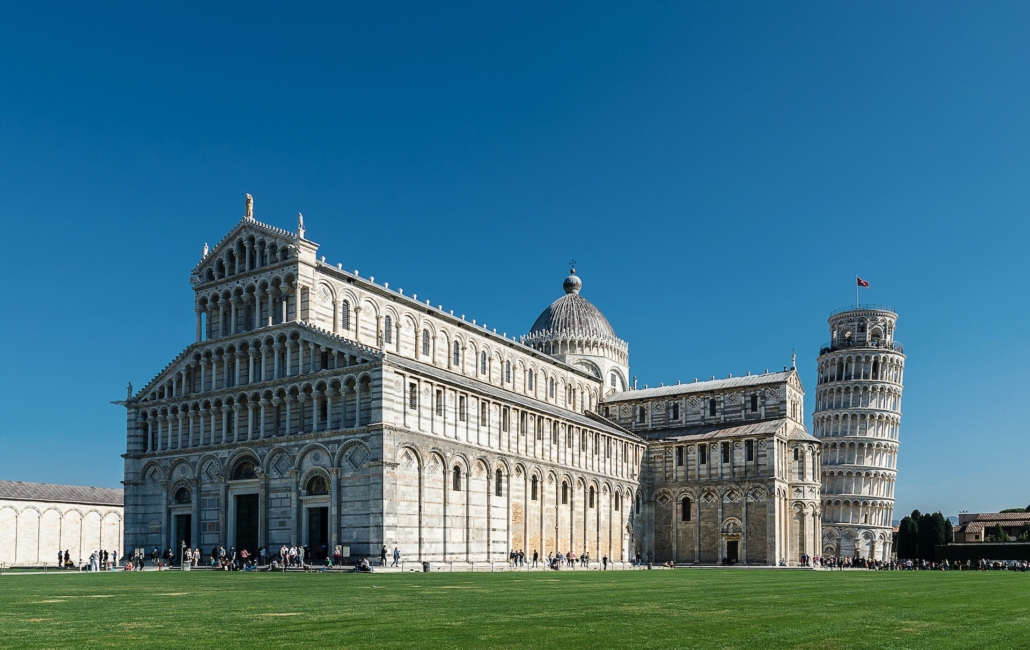
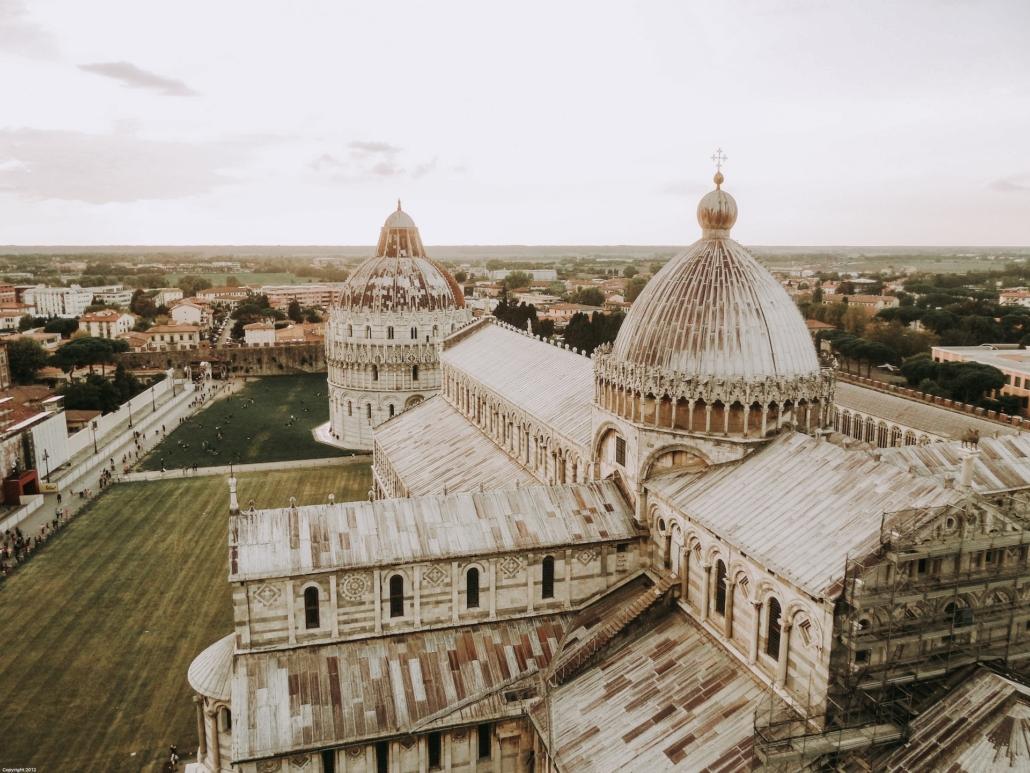
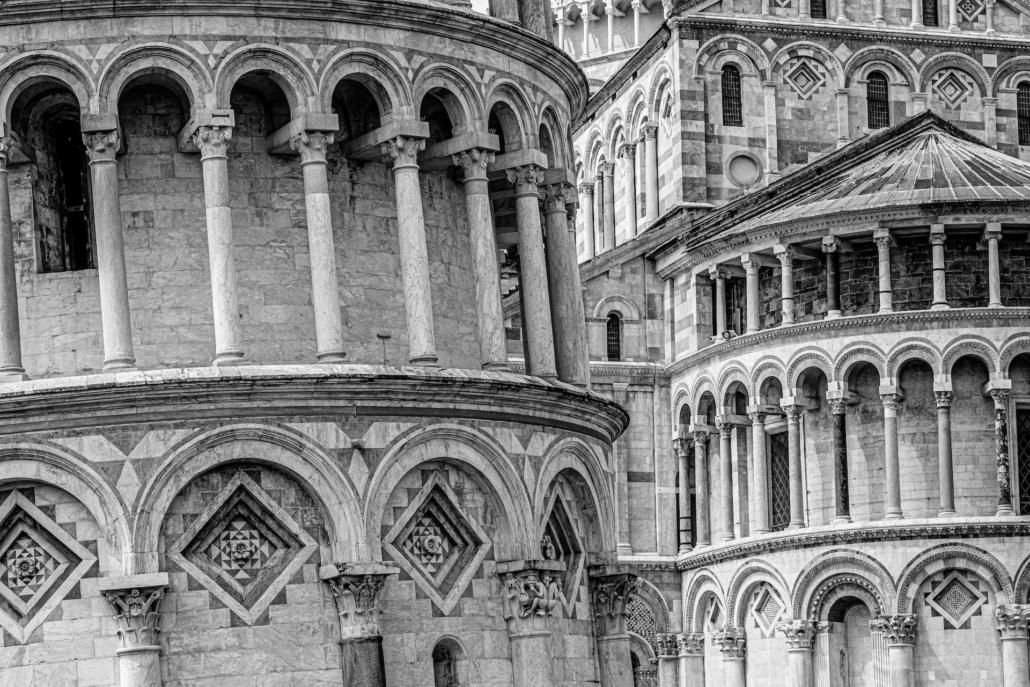
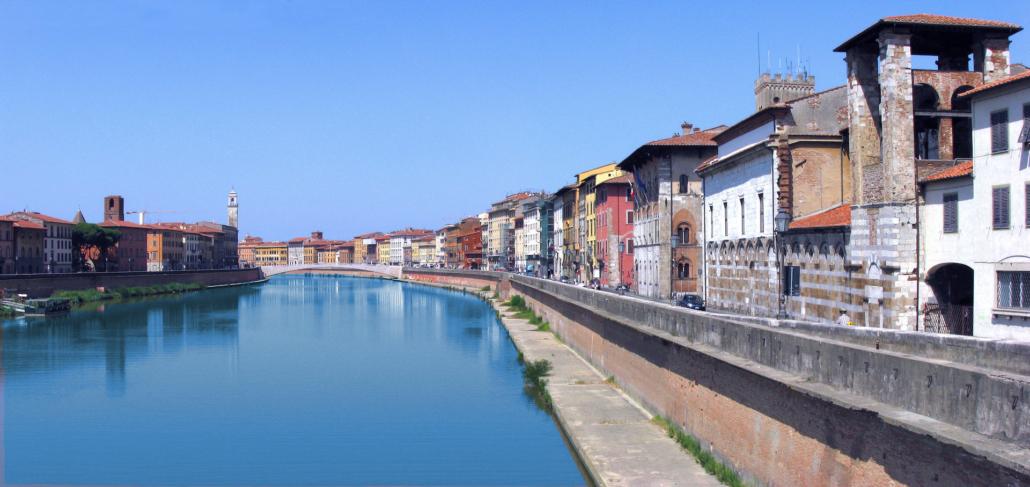
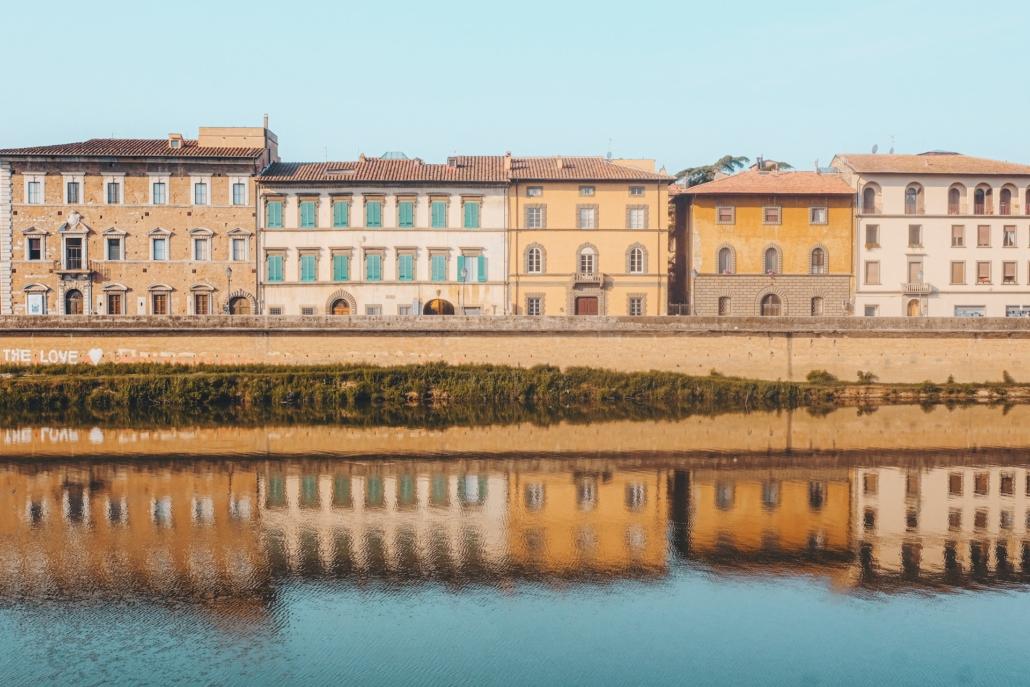

 Discover Pisa and skip the line
Discover Pisa and skip the line



